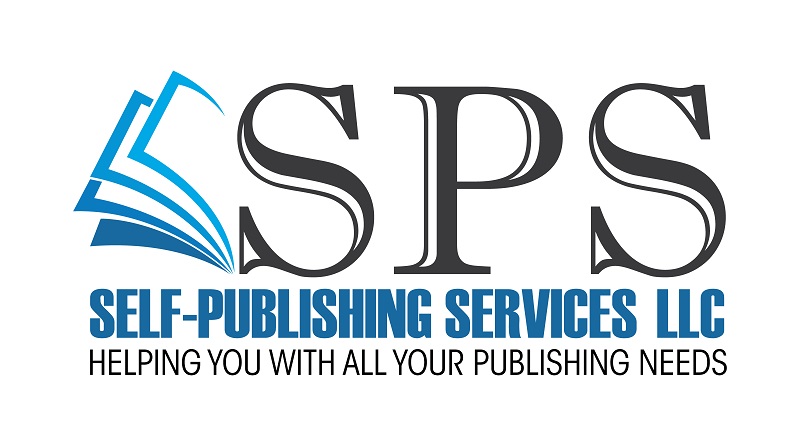Polishing Your First Chapter
So, you’re writing a book and you’ve nailed that first line. Amazing! But as important as that first line is, the first chapter is still just as important. But it can feel overwhelming to get it just right. What info is needed this early on, and what is too much? How do you make that first chapter a solid foundation without getting too boring? Let’s break down what makes a first chapter a great one.
Offer the Basics
Think of your first chapter as welcoming a new friend into your home. In those first moments, after they walk in the door, your guests won’t know your life story or even know what your entire home looks like, but they’ll likely know some vital basics about you and your home like if they need to remove their shoes, where they can find their coats at the end of the night, where the bathrooms are, when dinner will be ready, and where everyone will be hanging out. It’s the same thing in your book’s first chapter. You want to lay the bare basics down so your reader has a solid place to start understanding and investing in your book. While some books might want to purposely pull the rug out from under the reader as a part of the journey in a novel, those twists and turns are only effective if the reader has a rug under their feet to begin with. Even in non-fiction, by the end of the first chapter, a reader should broadly understand the topic that will be discussed and have a general idea of the tone the book is going to take. The reader won’t end chapter one with all of the knowledge they need, but they’ll have a broad idea of where they’re headed. If you’re writing fiction, make sure they understand the basics of the rules of this universe so they finish the chapter with foundational pieces of knowledge like how likely it would be for things like a dragon, cell phone, magical abilities, superheroes, a radio, modern weapons,or ancient weapons, a formal ball, or a war to show up in the story.
Show, Don’t Tell
Showing, not telling, means a writer should show their reader what is happening, not tell them. For instance, instead of saying, “everyone could finally see that she was very sad,” you might say, “she fell to the ground, unable to control her tears any longer.” The former gives you the basic information you need to understand what is going on, and the latter shows you a scene, putting you right there with the characters. In your first chapter, it can be really tempting to simply tell the reader what they need to know to start off the book. For instance, kicking off the book with a timestamp or indicating the location can be helpful (especially if there is a lot of time or location jumping), but weaving the location and the setting of the story into the narrative can really help a reader feel more like you are building the story around them rather than reading a stilted account of events. Even in non-fiction, while throwing stats and facts at the reader to indicate a problem or a topic of discussion can be helpful, the more you can use a narrative voice to make the topic of discussion more than a set of numbers but an important issue will draw a reader further into your message.
Leave Them Wanting More!
Obviously, a reader with the entire book isn’t going to have to wait long to keep reading after that first chapter. And if they’ve got the entire book in their hands, they’ll likely press on from chapter one to chapter two out of mere inertia. However, if someone is casually perusing new releases in a bookstore or even reading a free excerpt from an online retailer, oftentimes that first chapter is the difference between making or losing a purchase. So while we don’t need some massive cliffhanger at the end of a chapter, leave the reader with something exciting at the end of that first chapter that will urge them to keep reading, or push them toward the checkout. If you’re reading non-fiction, make sure they leave that first chapter feeling curious and invigorated about the discussion coming in the following pages. If it’s fiction, make them feel curious about what’s going on and what is in store in the coming pages.
In essence, that first chapter should lay the groundwork but also introduce just enough questions to keep the reader interested and keep them reading.

